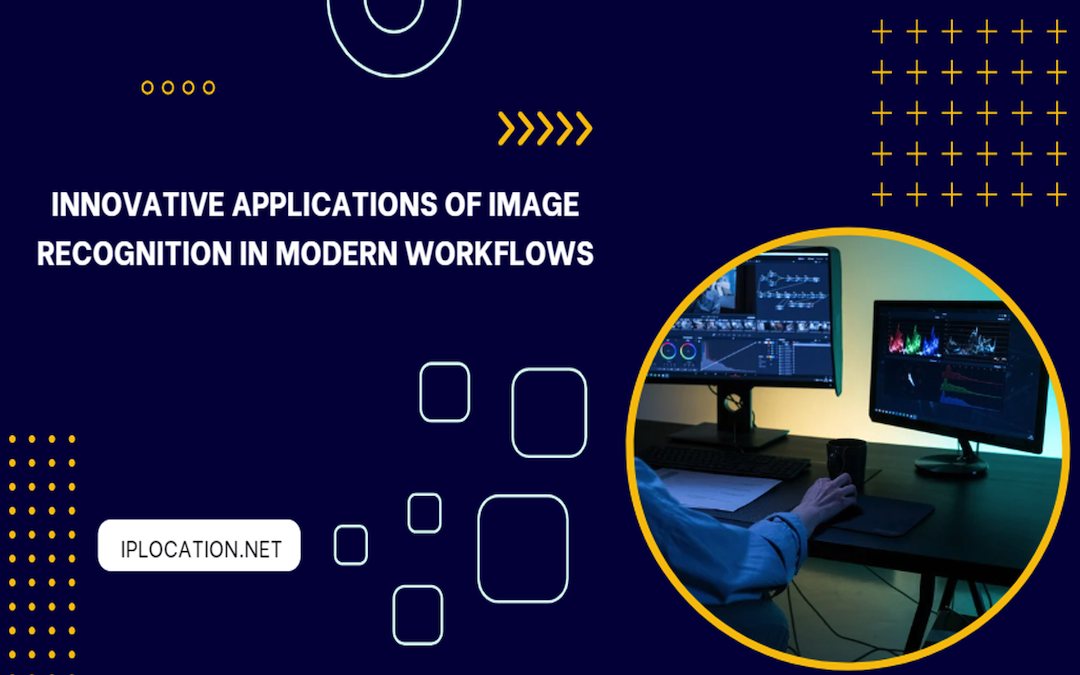
Image recognition is the art of recognizing different entities inside an image, such as objects or text.
Image recognition is a great technology because it has allowed the automatization of a highly tedious and labor-intensive task.
Before image recognition was mainstream, human operators had to identify entities in an image manually and create digital descriptions for them manually. For example, if there were an image of a document, an operator would have to manually type out the document to create a digital version of it that is searchable.
Image recognition has made this task effortless. Today, we are going to check out the applications of image recognition in different sectors.
Applications of Image Recognition in Different Sectors
Here are a few different sectors that actively use image recognition for different purposes.
1. Healthcare
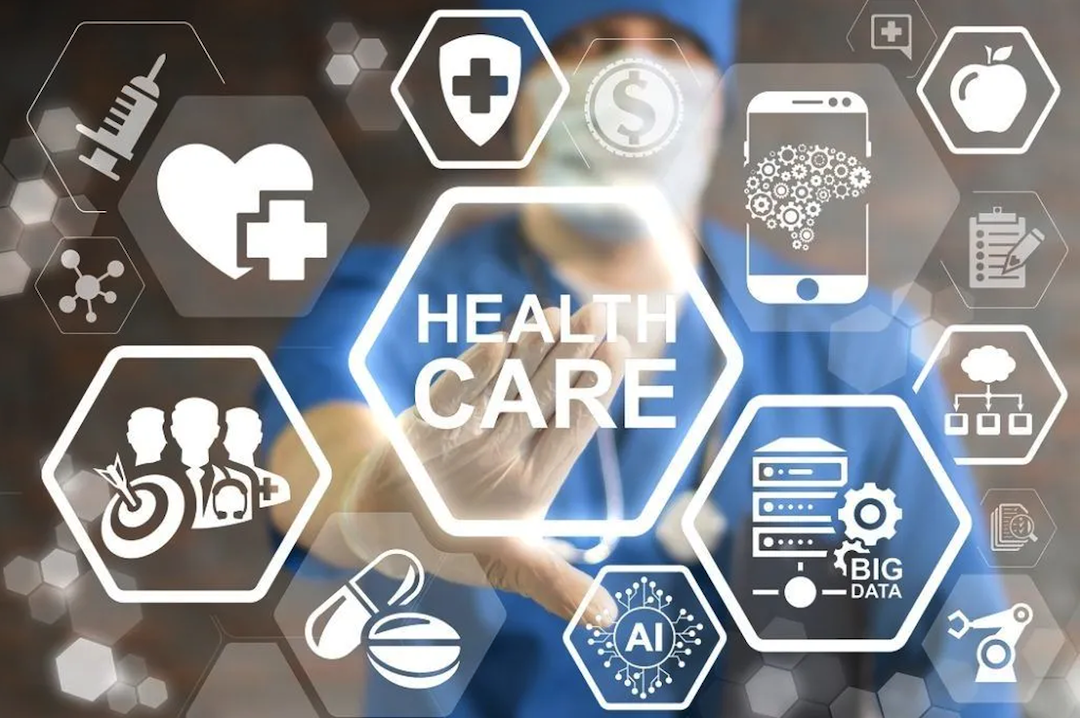
The healthcare sector has a lot of use cases of use for image recognition technology. The most common use is to transcribe patient history from physical files into digital records for easier access.
Many tools, like an image to text converter can help with that. These are free tools that can recognize text inside images and extract it to a digital file format.
However, this is probably the most basic use of image recognition in healthcare. At the advanced level, AI comes into play as well. Doctors can use image recognition software to study X-rays, MRIs, and other types of scans to check for anomalies in a patient’s body.
AI image recognition systems that have been trained to find anomalies like tumors and cysts are extremely helpful for quicker diagnoses.
2. Education

The education sector has a lot of potential to apply image recognition in unique and creative ways.
Some of the simple uses include:
- Creating and copying notes using image-to-text converts
- Digitizing lecture handouts for easier storage and access
- Automatic grading of standardized tests and papers
- Detection of plagiarism/cheating in images (i.e., copied and uncited graphs and charts)
This can make the job of the teachers easier as they can focus more on providing good lectures instead of clerical work.
3. Applications Security

Image recognition has found widespread use in security systems. There are many applications, but the common principle is the identification of criminal elements like weapons and suspicious behavior.
Airports, banks, and government offices all use image recognition for doing identification checks to ensure nobody is falsifying their ID. This also helps catch people who need to be apprehended for security reasons.
Image recognition software works wonders in traffic surveillance systems. Cameras can identify vehicles that are violating traffic rules and capture their registration number. Then, an automated fine can be delivered to the person in whose name the vehicle was registered.
This helps curb traffic infractions and makes people more responsible.
4. Self Driving Vehicles
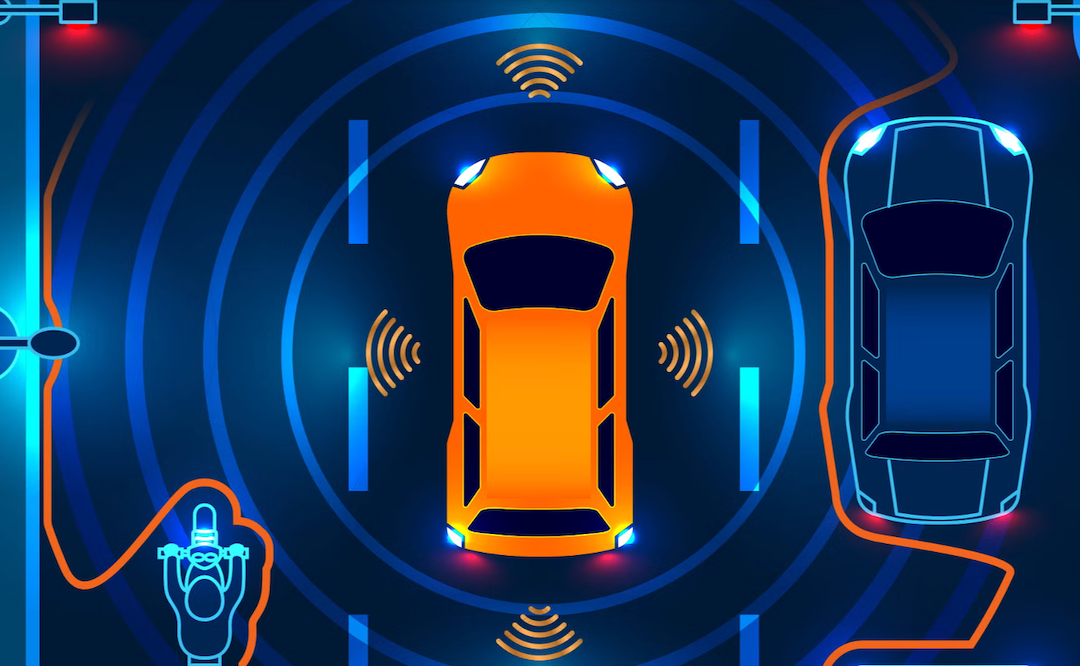
Self-driving vehicles are a modern marvel that uses real-time image recognition. Laser mapping cameras and other types of image-capturing technology are used to create an accurate representation of the terrain.
The image recognition system then identifies objects and signs on the road and provides that information to the self-driving system, which makes decisions accordingly.
This is most prominent in Tesla cars, where there is an 8-camera array that provides comprehensive information about the car’s environment. Although Tesla cars don’t have full self-driving capabilities yet, they are extremely close to realizing that potential completely.
5. Business and Office Settings

Business settings use image recognition on a daily basis. All large companies and conglomerates have a lot of paperwork. There is a lot of corporate red tape that needs to be cut before anything substantial can be done, and that is why everything needs to be approved and green-lit.
That’s why there is a massive amount of paperwork. It can become extremely cumbersome to manage so much paper. There is the matter of physical storage and then there is the matter of organizing the files for searching later.
All of that is quite menial labor that is frankly boring and too tedious. With image recognition technology, all such paperwork can be digitized and then stored digitally, where it can be easily searched and found whenever needed.
The most common image recognition tools used in such settings are image-to-text converters; however, other types of tools, such as image-to-PDF, are also used to store charts, graphs, and other visual data.
6. Agriculture
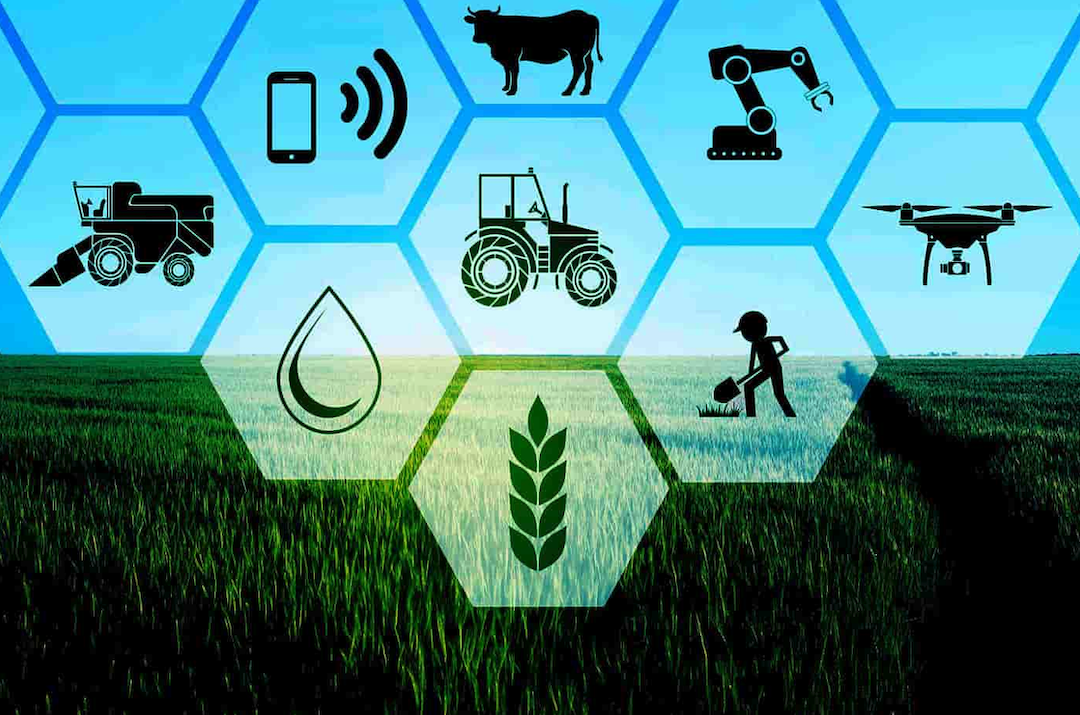
Agriculture is an important part of any country’s economy. There have been many advancements in the agriculture sector, particularly in irrigation, pest control, and crop output.
However, technology like image recognition is also used on large farms to monitor a number of things at once. For example, it is simply not possible for a few farmers to monitor all of their crops all the time. What they can do is set up an image recognition system that monitors the crops around the clock.
The image recognition system can notice things like:
- Weather patterns
- Disease onset in plants
- Pest activity
- Invasive/destructive animals in the farm vicinity
This helps farmers keep an eye on their crops and take action whenever it is required.
7. Manufacturing
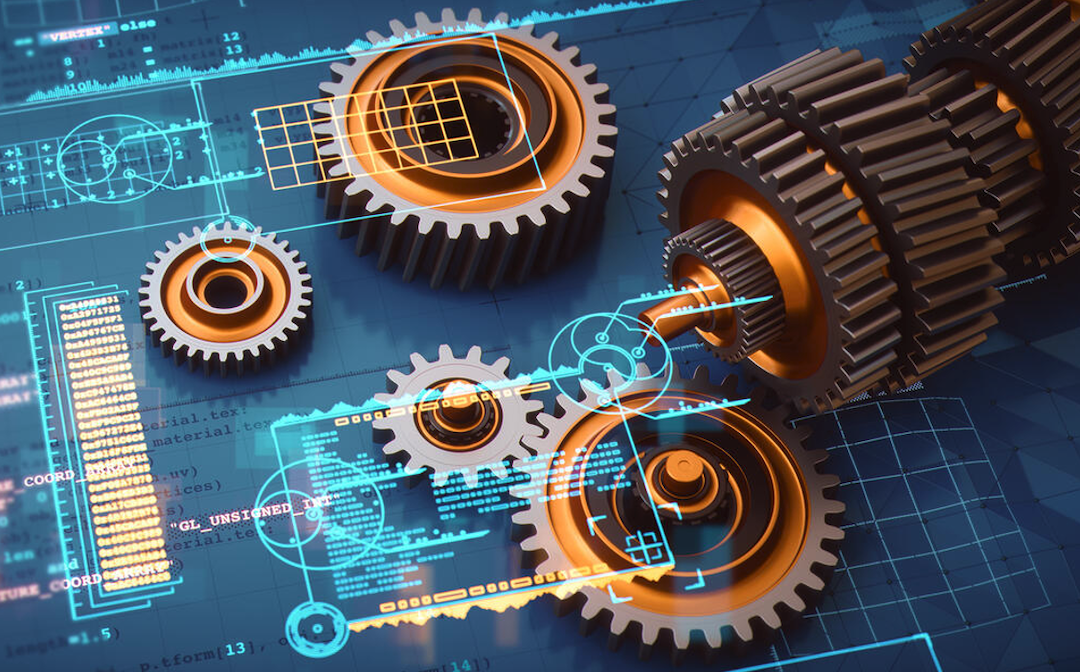
Manufacturers are plentiful in this era of heightened consumerism. The sheer amount of product that needs to be manufactured is astounding. That’s why there are massive factories just churning out products.
However, quality control is still relevant because nobody wants to buy a third-rate product. As is the case with agriculture, it is simply not feasible for human employees to monitor the production of thousands of products on the assembly line.
However, automated systems that utilize image recognition can automatically detect faults in the product and the assembly line. They can also monitor the condition of the machinery and notice problems that will become issues later on.
Such a system can help tremendously improve the efficiency of a manufacturing plant.
Conclusion
So, there you have it, some innovative applications of image recognition software and tools in major industries. As the world continues to move towards a more digital future, image recognition software becomes more important to bridge the gap between the digital and analog worlds.
Share this post
Leave a comment
All comments are moderated. Spammy and bot submitted comments are deleted. Please submit the comments that are helpful to others, and we'll approve your comments. A comment that includes outbound link will only be approved if the content is relevant to the topic, and has some value to our readers.

Comments (0)
No comment